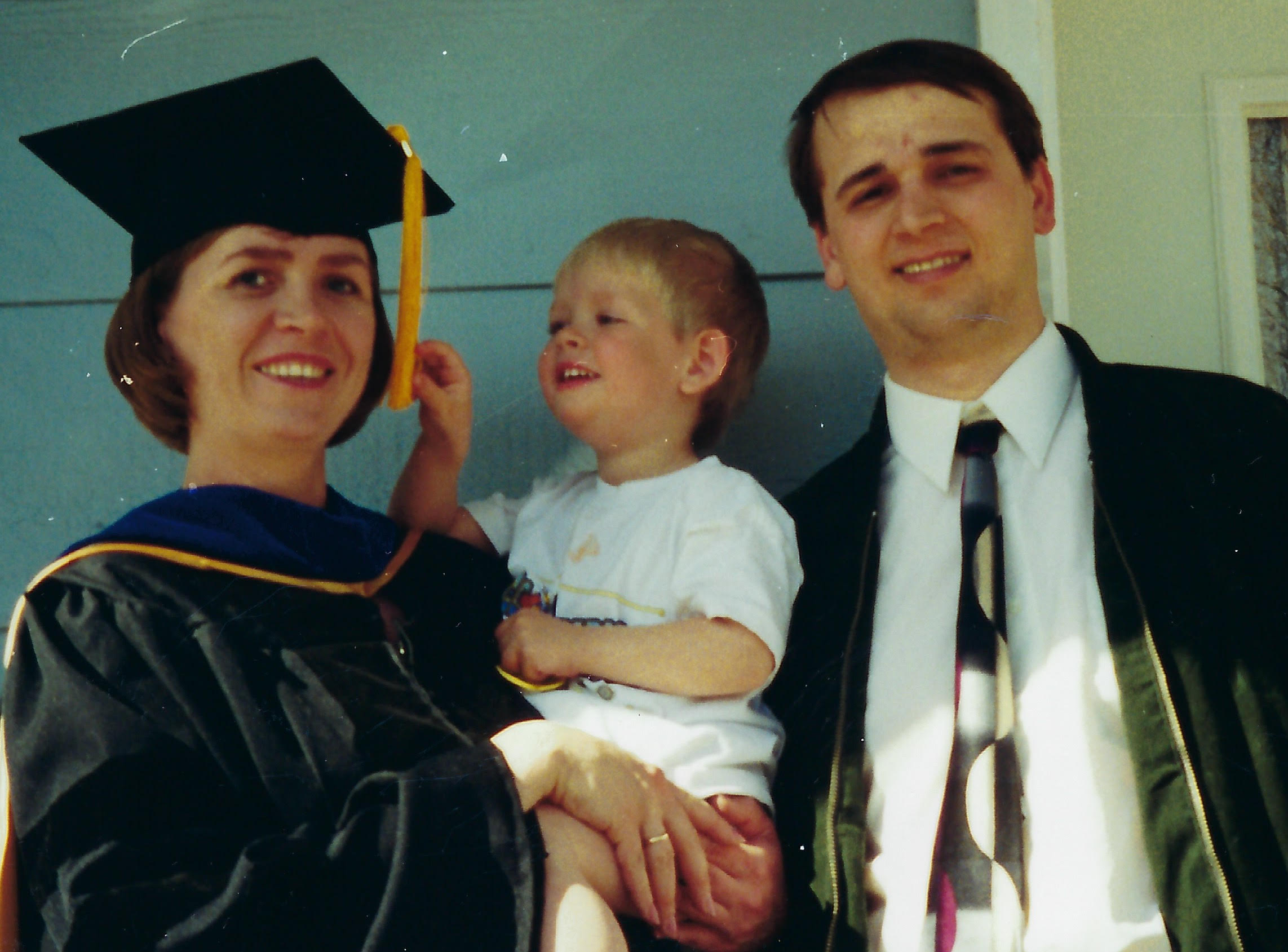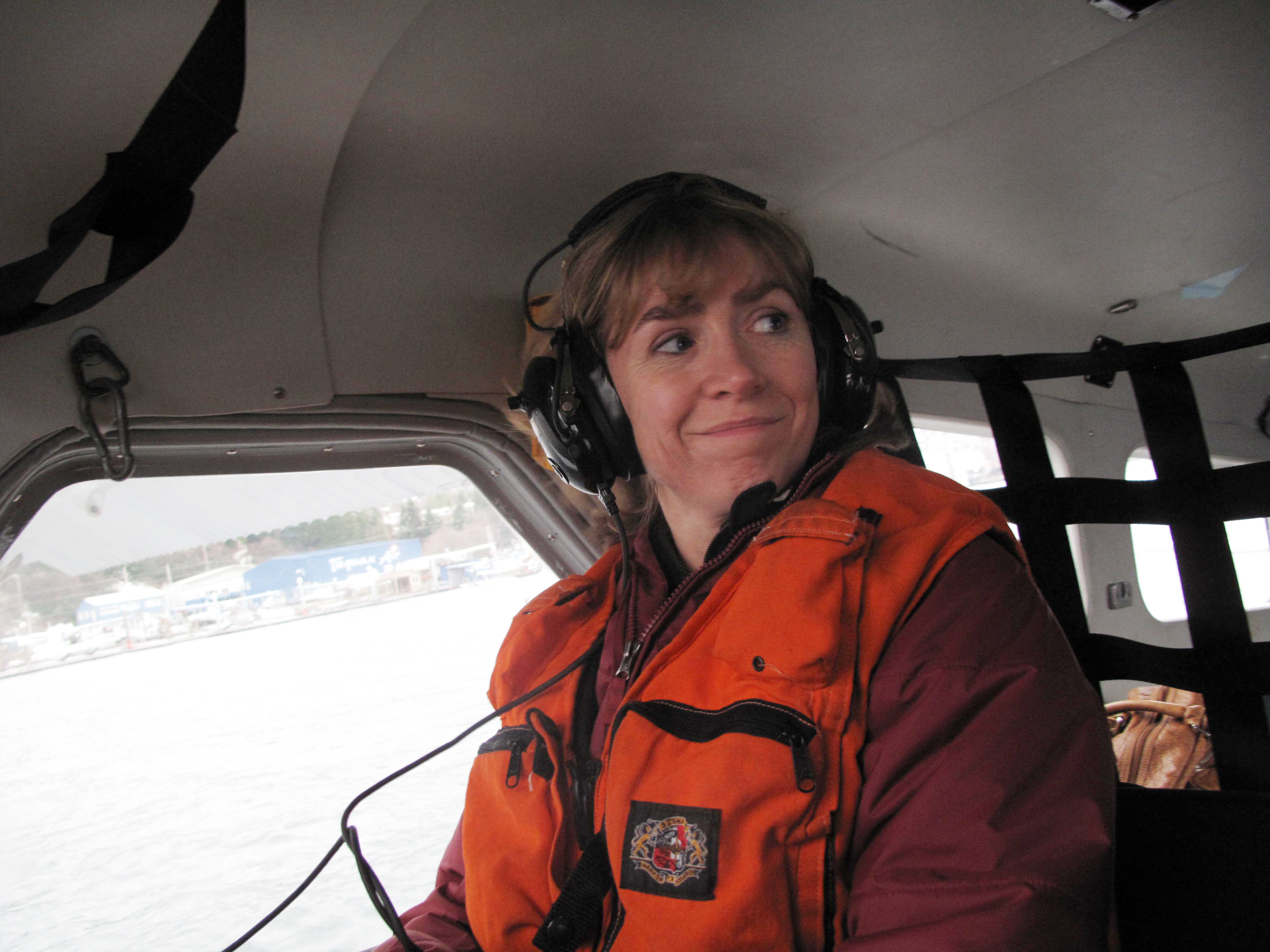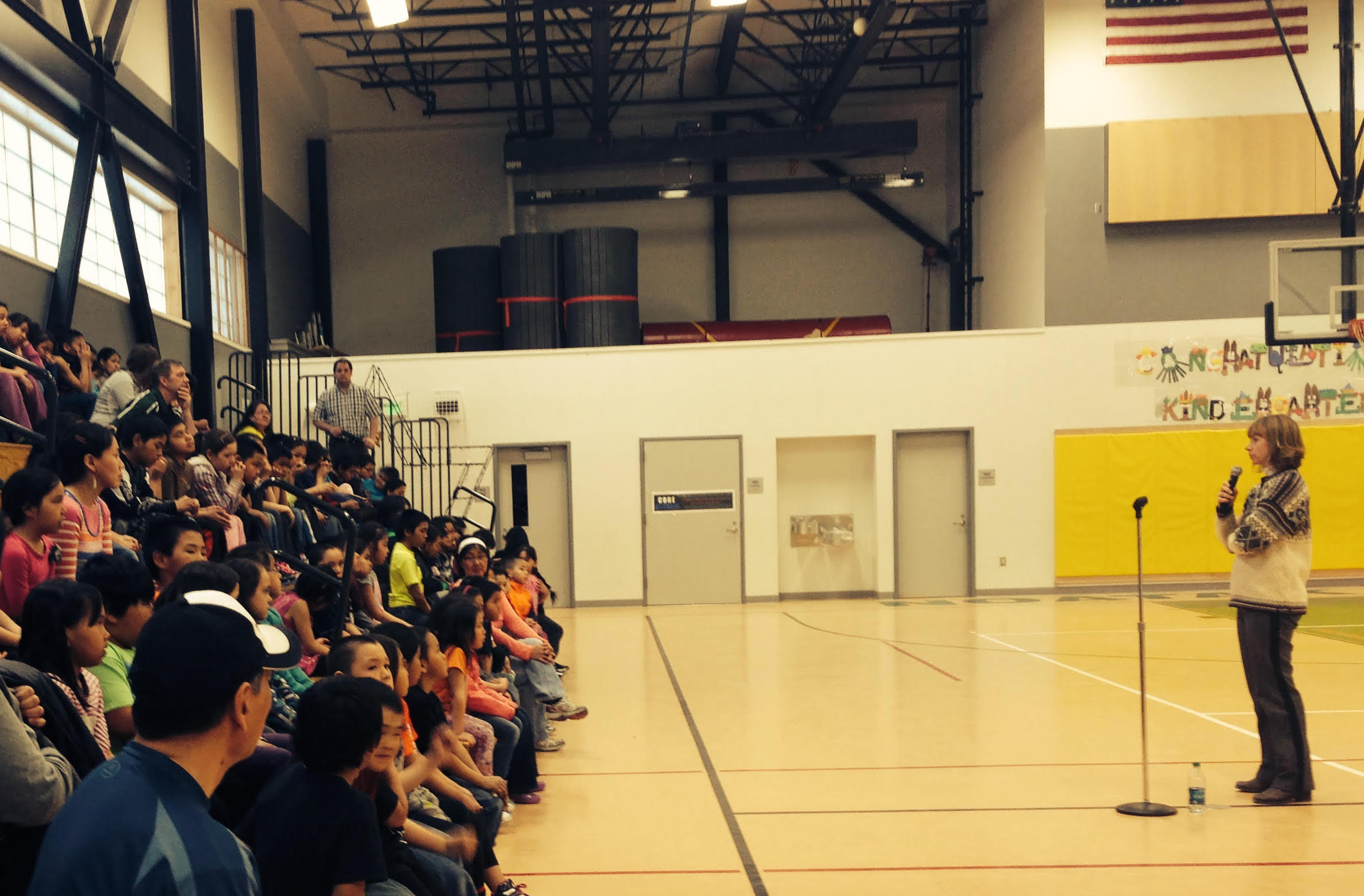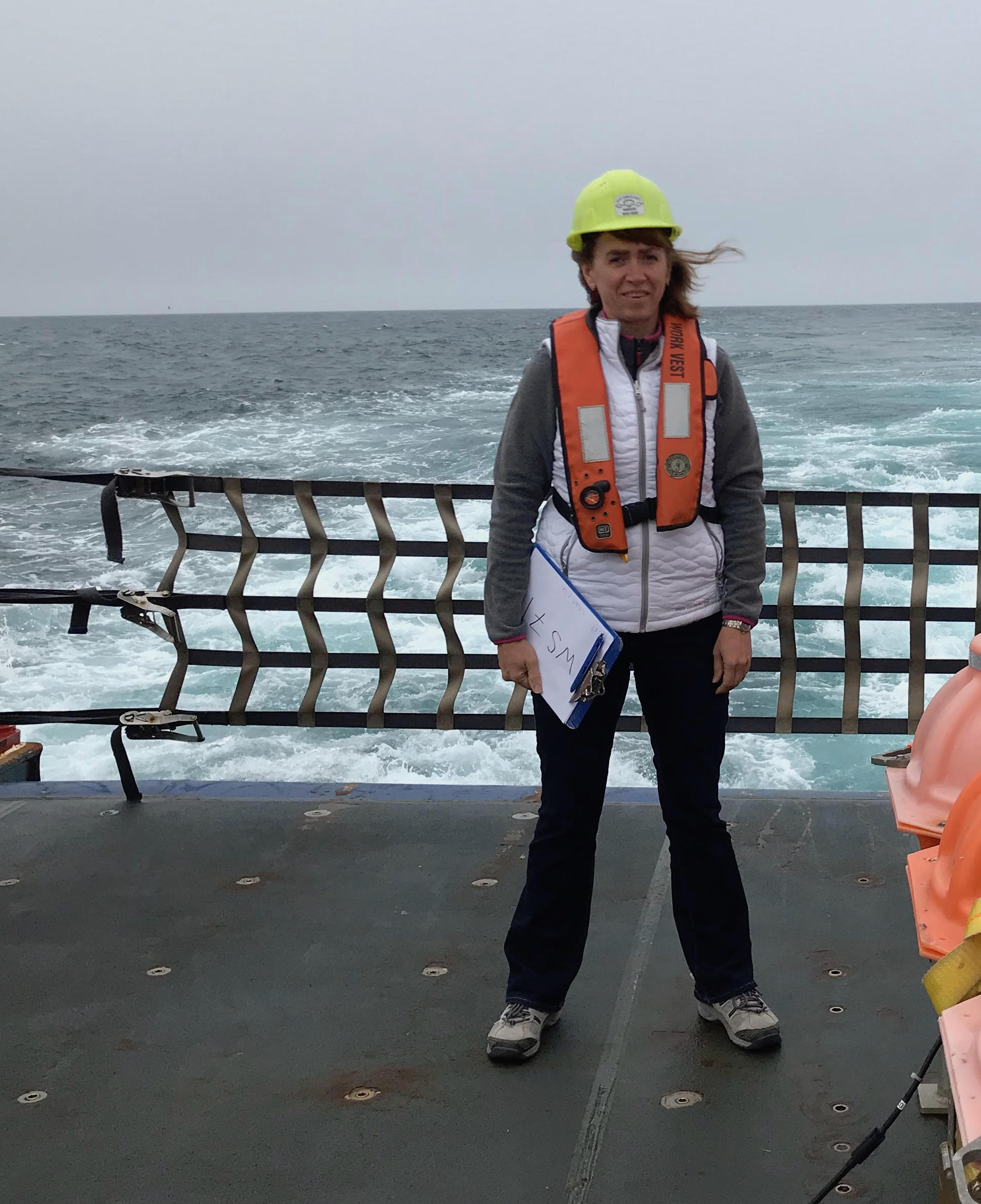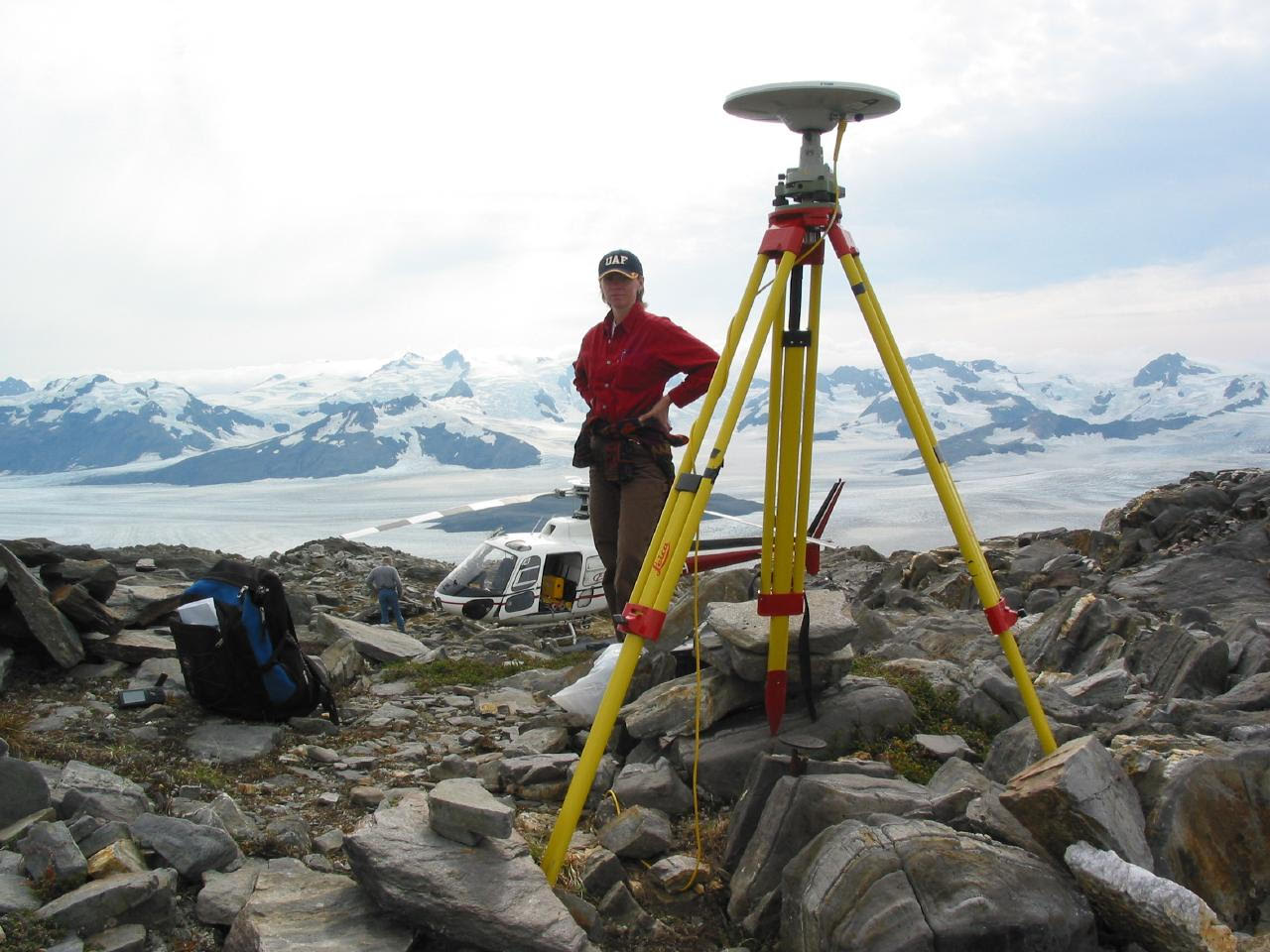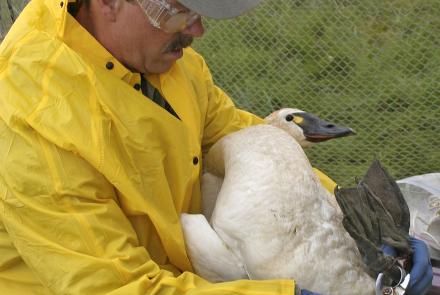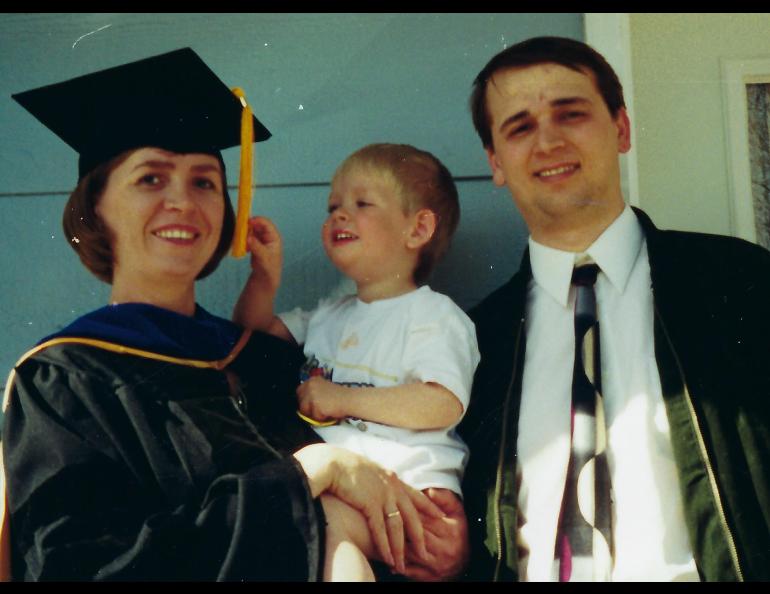

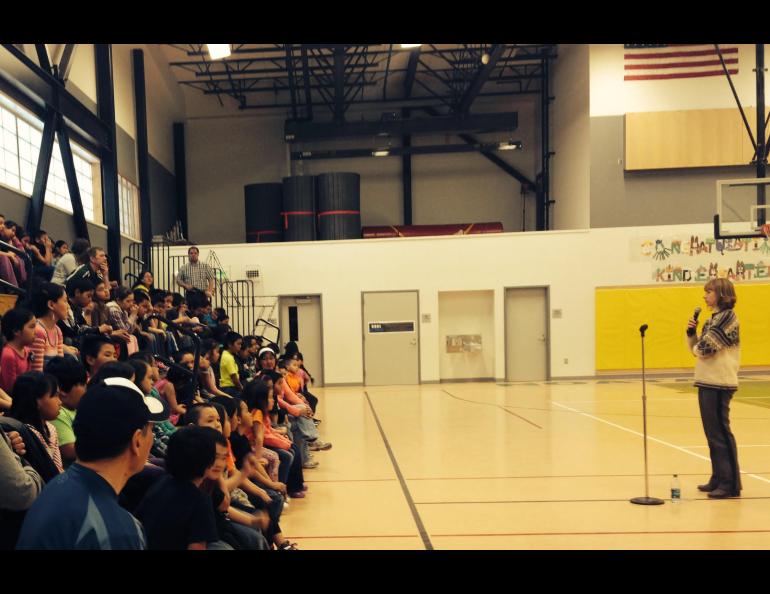
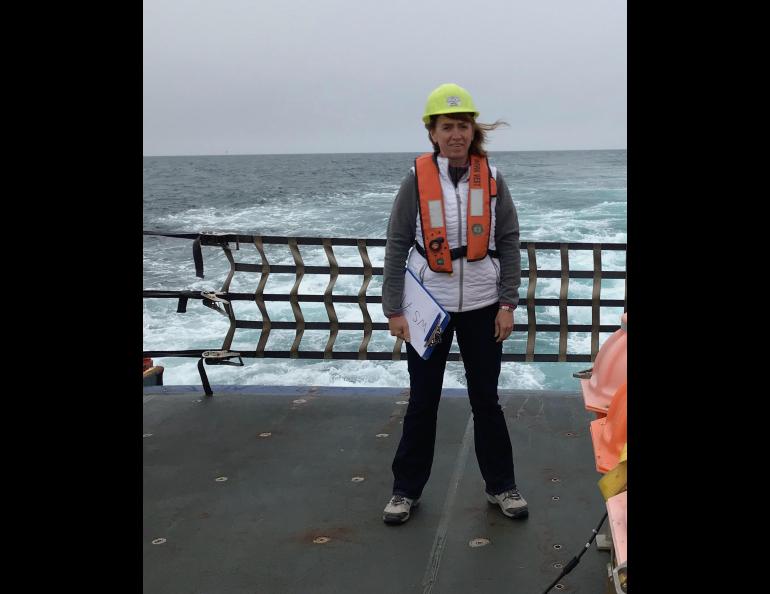
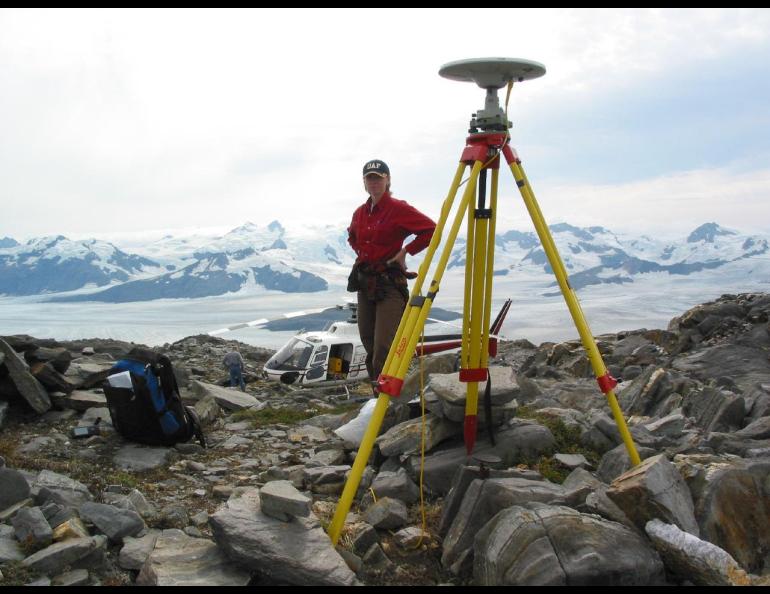
Earthquake scientist moving on after 30 years
One Sunday more than 20 years ago, Natalia Ruppert held her 1-year-old son a bit tighter in her arms. A friend’s house had started shaking with an intensity she had never felt before.
Her son Anton, giggling, thought it was fun. Ruppert, then just a year into her professional career as an earthquake scientist, handed the boy to her husband.
“I have to go into the office,” Ruppert told him.
The 2002 Denali Fault Earthquake would have a profound effect on the career of the Russia-born Ruppert, who after 30 years at the Alaska Earthquake Center in Fairbanks is now moving on to a new job in the Pacific Northwest.
Way back then, Ruppert was just a few years removed from arriving in Fairbanks from Novosibirsk, Russia, where she had grown up and went to college.
In the early 1990s, when the Soviet Union dissolved into 15 independent countries, this 20-something, educated Russian woman could suddenly travel as much as she wanted.
Ruppert took advantage of that freedom by applying to study at the University of Alaska Fairbanks. She soon arrived here to begin working on a master’s degree at the Geophysical Institute with the late professor Niren Biswas.
“(Being a Russian scientist in the U.S.) was a novelty at the time, but I received a good education despite all the problems in the Soviet Union,” she said during a recent interview.
Ruppert worked on locating earthquakes in the Kenai Peninsula and Cook Inlet area. She “got hooked on earthquakes right away.
“I started to like Alaska and the international students here. I liked my new friends and my research.”
Her interests matched a period of growth for the Alaska Earthquake Center at the Geophysical Institute. She stayed with the organization — whose scientists install and maintain instruments as well as record earthquakes and inform people where they are and their magnitudes — and earned her doctorate degree.
Over the years, Ruppert has dug holes into Alaska and helped install seismometers, analyzed mountains of data in the lab, traveled all over the globe to attend conferences and confer with colleagues, and performed research on events such as the Denali Fault Earthquake.
She is author or co-author on a dozen different papers about the magnitude 7.9 earthquake that left a 180-mile scar through glacier ice and forest floor across the middle of Alaska. While no one died during the earthquake on Nov. 3, 2002, many scientists became interested in a huge event that intersected three Alaska highways and was somewhat easy to study.
That earthquake, during which the trans-Alaska pipeline skittered sideways on long beams seismologists had recommended during construction, inspired officials from Alyeska Pipeline Service Co. to enlist personnel from the Alaska Earthquake Center to upgrade their earthquake detection system.
“Such a large project put us on the map,” she said.
Ruppert thinks being a seismologist in Alaska was perhaps an advantage for a woman in science 30 years ago, a time when her colleagues were mostly men.
“There was no discrimination here — I was always treated equally,” she said. “When I gave a presentation somewhere else, some people would approach me and say, ‘Wow, good for you, a woman geoscientist out there.’ But I didn’t think about that stuff. I just did it because I liked learning about earthquakes.”
A greater challenge, she said, was raising two young boys (Anton and Daneel, now both in their 20s) while working as an earthquake professional. She credits her husband, engineer Artem Ruppert, for being supportive when she traveled for work or needed to spend extra time in the office.
Now she has applied for and accepted a new job elsewhere. In December 2024, Ruppert will begin working for the U.S. Geological Survey’s ShakeAlert program.
She will lead a team of scientists in California, Oregon and Washington who deliver instant alerts to people after an earthquake happens. These text messages are an early warning that gives people up to a minute or more to prepare for incoming earthquake shaking. Researchers envision automated messages that could slow trains, close water valves or turn on backup generators right before the ground starts to shake.
“That’s the future,” Ruppert said of systems currently in place in Japan and other countries that feature a dense grid of seismometers. “Every time you give a public presentation people ask if we can predict earthquakes.
“We cannot predict them, but we can detect them very, very quickly,” she said.
Ruppert will be coordinator of the shake alerts for the entire Pacific Northwest.
“It’s a big, important program, and it’s also a chance for me to do something new, a new challenge for me,” she said.
Her new employment will require a move to Seattle from Fairbanks, where she has lived for more years than she lived in her native Russia.

